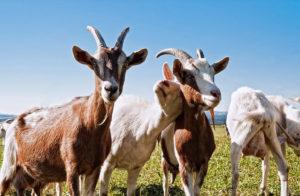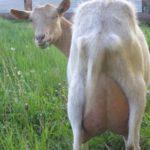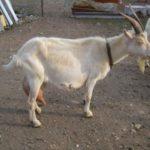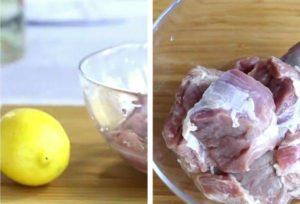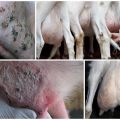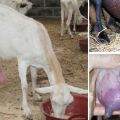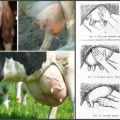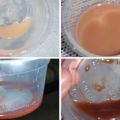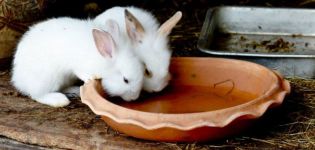The reason for the appearance of blood in milk in a goat, what to do and methods of treatment
Any cattle breeder at least once in his life is faced with the diseases of his pets. As a rule, ailments are caused by improper diet and animal husbandry. But there are also more serious problems that increase the risk of developing serious diseases. If during milking a goat has milk with blood, there can be many reasons for this trouble. How to recognize each of them and provide timely assistance to your beloved and valuable pet?
Containment breach
To raise healthy dairy goats that yield large yields of healthy and tasty milk, first of all, you need to take care of the conditions for keeping livestock.
- The room where the animals are located should not have high humidity, which contributes to the spread of fungal, viral and bactericidal lesions.
- A thick layer of straw is spread on the floor.
- If animals are lying on a stone or concrete surface, the risk of hypothermia and inflammation of the udder increases.
- Inflammatory processes have a destructive effect on the small vessels in the mammary gland, therefore, after milking, a red sediment appears in the milk.
Important! In winter, the room with goats is heated and ventilated daily.
Stagnant milk
Inappropriate milking techniques and poor housing conditions increase the risk of milk stagnation in goats. In this case, the goat also produces milk with bloody clots and sediments. If the inflammatory process is not detected in time, over time it will turn into a serious disease - mastitis.
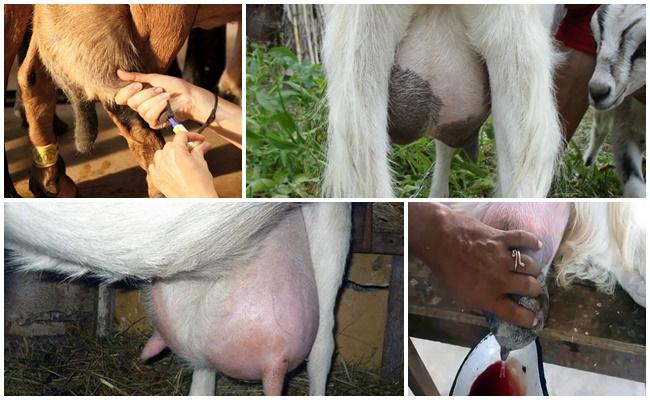
Stagnation results from illiterate milking, when a small amount of liquid remains in the udder.
Signs of stagnation:
- milk acquires a watery consistency;
- flakes appear in the product;
- pronounced swelling of the udder;
- the skin of the udder becomes hot, red spots appear;
- touching the mammary gland causes anxiety in the animal;
- a pinkish or red tint appears in the milking product;
- a sharp decrease in the activity and appetite of the animal.
Eliminate this problem with a daily udder massage. If the inflammation has developed into mastitis, serious medication is prescribed.
Non-compliance with milking rules
Improper milking technique and violation of hygiene requirements often lead to inflammatory processes in the goat's udder.
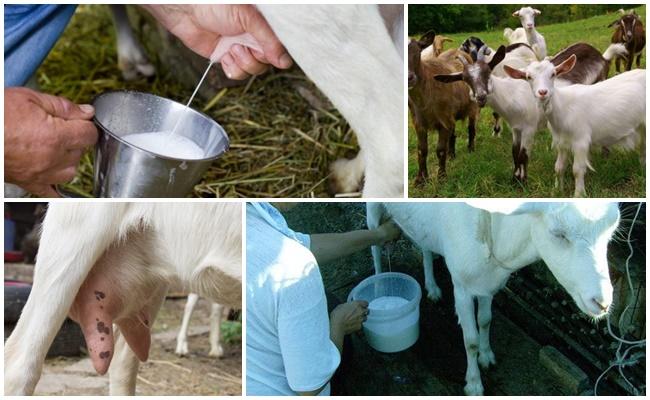
The milk remaining in the udder stagnates and provokes the development of the disease.Also, pathogenic microbes can enter through microcracks in the nipples. As a result, small vessels are damaged, and the valuable drink turns pink.
Improper diet
A reddish sediment in milk also appears with an improper diet of animals.
- A large amount of vegetables and fresh herbs cause disturbance of digestion in goats, which contributes to the development of harmful microorganisms.
- Low-quality hay weakens the vascular system of animals, which leads to the color of milk in pink.
- Also, forage affected by fungi and mold is not used for feeding goats.
During a prolonged drought, it is not recommended to drive livestock to pastures. Green shoots useful for animals dries up, and only poisonous plants can boast of drought resistance.
Do not harvest hay in fields where buttercup or spurge grows. The ingestion of these plants into the animal body also contributes to the coloring of milk in a reddish color.
Inflammatory processes of the reproductive organs
Often, a pinkish sediment in milk appears after a goat lambing, accompanied by complications. As a result of prolonged separation of the placenta or latent course of endometritis, inflammation of the udder occurs, which develops into mastitis. In such cases, medication is used. Also, after lambing, the mammary gland is rebuilt for feeding the kids. Vessels and tissues of the udder do not withstand the increased load and tear, which is the reason for the blood entering the milk.
Signs of inflammation after lambing a goat:
- the pink tint of milk appeared immediately after the birth of the kids;
- a sharp increase in the amount of milk;
- greatly enlarged udder;
- redness and inflammation of the breast.
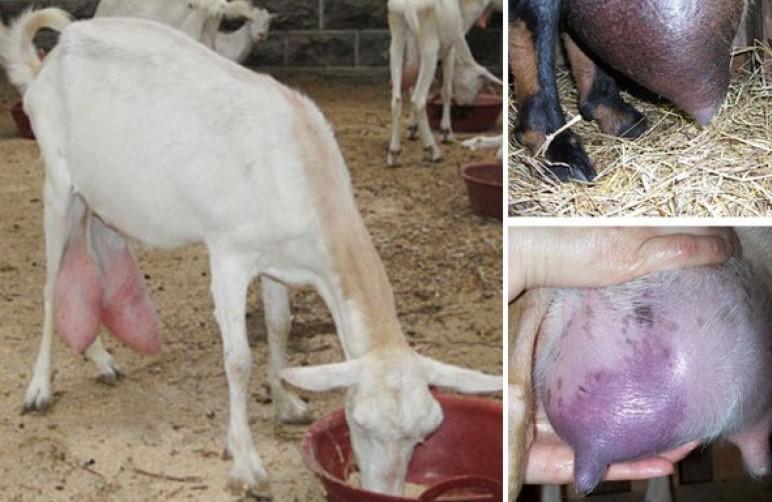
Most often, this problem arises with young animals bringing offspring for the first time.
Trauma
In the process of life, animals can get injured in the udder. On pastures, goats scratch on the thorns and sharp edges of the grass. In the resulting wounds, an inflammatory process occurs, leading to the development of stagnation or mastitis.
Goats are active animals, and udder injuries can be obtained during jumping or playing with each other.
Signs of injuries and wounds to the udder:
- the appearance of blood clots during milking;
- the animal shows concern when touching the udder;
- reddish sediment in the product after milking.
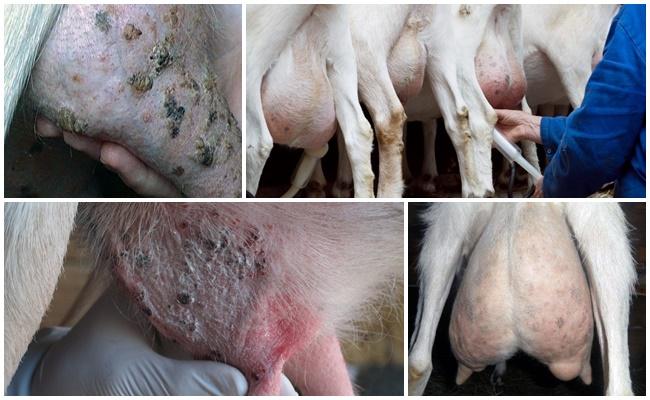
For the treatment of such injuries, a solution of furacilin is used, with which the udder and nipples of a pet are washed.
Reference! In large-scale farms, livestock are carefully inspected for injury and damage after daily grazing in meadows and fields.
Complication after drug treatment
Inflammation of the udder can also occur after prolonged drug treatment with antibiotics. The drugs contribute to the destruction of beneficial microflora in the body of goats, weaken the walls of blood vessels and reduce blood clotting. As a result, the risk of injury, scratches and abrasions increases.
Also, long-term treatment helps to weaken the immune system of animals. As a result, the risk of developing fungal, viral and bacterial lesions that weaken the vascular system of goats increases. And weak blood vessels provoke local bleeding, which stains milk red or pink.
